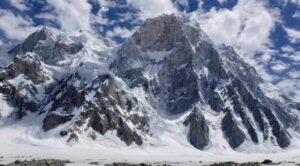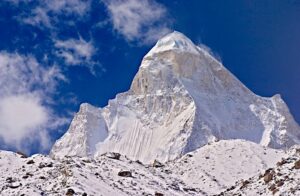In the Northern Hemisphere, the spring equinox promises warmer days and green plants. But for researchers at NOAA’s South Pole Atmospheric Baseline Observatory, Sunday March 20 marks the start of the austral autumn, the last time they see the sun for six months.
(Originally posted at NOAA) The observatory is part of the U.S. Amundsen-Scott South Pole Station, which only the hardy visit even during summers. In winter, it’s so cold aircraft can’t fly and scientists are marooned until late October.
“It’s the coldest, driest, flattest place you can imagine,” said NOAA Corps LT Jesse Milton.
The Atmospheric Research Observatory, the third-generation “clean air” facility located at the South Pole, maintains the longest atmospheric carbon dioxide [greenhouse gas] record on earth, besting the more-famous Mauna Loa carbon dioxide record by one year. Continuous long-term atmospheric records show how factories, households and cars thousands of miles away are changing the chemistry and composition of “cleanest air on earth.” Ozone measurements have been instrumental for researchers studying the annual South Pole “Ozone Hole” offsite link.
Although the 9,305-foot altitude and temperatures dipping below -100°F make this one of the most inhospitable research sites on Earth, there are benefits.
The vast, flat polar plateau offers remarkable and unobscured views of the southern constellations, streaking satellites, and the fluttering, evanescent, Aurora Australis … from a vantage that few other humans have ever seen.
Watch the long night settle over the South Pole on NOAA/ESRL’s live web camera.






